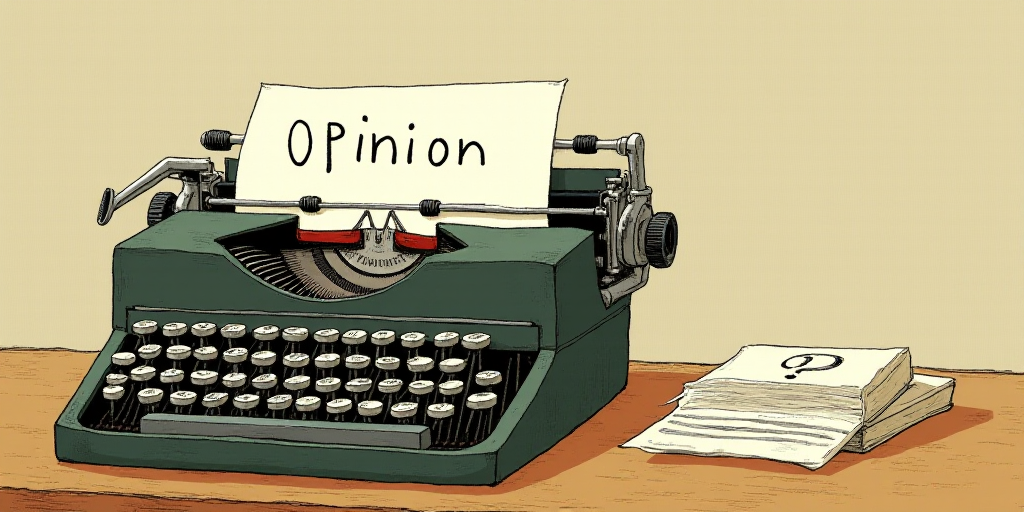Historical Context of Censorship in Mexico
Censorship has been a constant companion to media in Mexico’s history. During the PRI era, self-censorship was common practice as media outlets moderated news to avoid the wrath of the powerful. Indirect censorship methods were also employed, such as denying printing paper for newspapers or cutting government funding from critical outlets. López Portillo’s statement, “no pago para que me peguen,” exemplifies this.
More direct actions against critical media also occurred. Luis Echeverría, not only responsible for the Tlatelolco massacre (2 October 1968) and the “halconazo” (10 June 1971), but also supported the dirty war of the 1970s and orchestrated Julio Scherer’s removal from Excelsior on 8 July 1976.
Dangerous Journalism in Mexico
Between 1970 and 1989, 60 journalists were killed or disappeared in Mexico. Most murders occurred outside the capital, ensuring relative invisibility. Notable cases include Manuel Buendía (30 May 1984) in Mexico City, Norma Alicia Moreno Figueroa (17 July 1986) in Matamoros, Tamaulipas, and Héctor Félix Miranda (20 April 1988) in Tijuana, Baja California. These journalists investigated corruption, drug trafficking, and links to government officials.
The Resurgence of Censorship under Sheinbaum
As the PRI weakened and oppositions grew, censorship structures diminished. However, censorship never truly disappeared and only needed a favorable environment to return forcefully. This environment was provided by Andrés Manuel López Obrador’s government and the growth of organized crime, interconnected through numerous channels.
Current Censorship Environment
In a recent interview with Artículo 19’s Leopoldo Maldonado on El Rapidín, it was highlighted that a journalist is denounced every three weeks in Mexico. Lawsuits for moral damage and political gender violence have multiplied. In 2024 and this year, 21 such lawsuits have been filed, aiming to restrict freedom of expression.
- Case Examples:
- Tania Contreras López, president-elect of the Tribunal del Poder Judicial de Tamaulipas, against El Universal and Héctor de Mauleón;
- Diana Karina Barreras Samaniego, PT diputada, against citizen Karla María Estrella Murrieta;
- Layda Sansores, Campeche governor, against journalist Jorge González Valdez, former director of Tribuna;
- Abelina López Rodríguez, Acapulco mayor, against Jesús Gabriel Castañeda Arrellano, director of Acapulco Trends (also accused of gender violence).
- SIP’s Alarm: The Sociedad Interamericana de Prensa (SIP) expressed concern over the “resurgence of censorship mechanisms” in Mexico, materializing through judicial decisions violating freedom of expression, regressive legislative initiatives, and administrative pressures against independent media.
International Perception of Censorship in Mexico
Leopoldo Maldonado’s response to the international image of Mexico amidst these censorship and journalist murder cases was surprising. Mexico has a positive image abroad, primarily due to the perceived threat of Trump and the left-leaning image of the Mexican government.
Regrettably, Maldonado’s assessment seems accurate. The censorship and journalist killings in Mexico have not garnered more attention than Trump’s threats of tariffs, invasions, and persecutions. Sheinbaum has become an accomplice to these journalist persecutions, largely instigated by politicians from her political group.
Unfortunately, the few independent media outlets and honest journalists lack the strength to halt this censorship environment. The opposition is absent from the discussion, and most citizens remain uninvolved. Each new case encourages abusive politicians.
The Need to Stop Censorship
It’s crucial to halt censorship, as the current situation fosters an example for abusive politicians. The lack of opposition and citizen involvement only perpetuates this cycle.






